
PUMPA - SMART LEARNING
எங்கள் ஆசிரியர்களுடன் 1-ஆன்-1 ஆலோசனை நேரத்தைப் பெறுங்கள். டாப்பர் ஆவதற்கு நாங்கள் பயிற்சி அளிப்போம்
Book Free DemoGlass is one of the world's oldest and most versatile man-created material. It is the only material which can be recycled repeatedly without losing its quality.
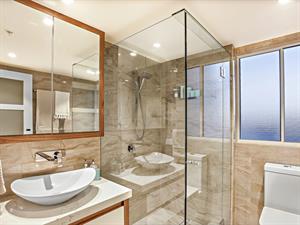
Glass cover
Glass is a little bit of a riddle. It's hard enough to guard as, but it shatters with incredible ease. It is made up of opaque sand, yet, it is completely transparent.
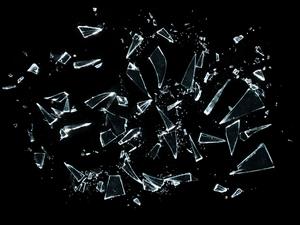
Shattered glass
We see glass around us in windows, mirrors, decorative, cutlery items, etc. Glass is amorphous, and hard in nature. They absorb and reflect light and are good insulators. They are non-reactive to air and water.
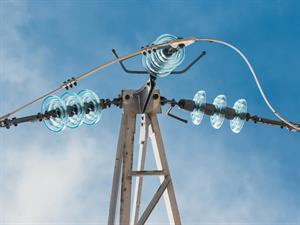
Glass prefabricated high voltage insulators
There are two types of glasses based on thechemical composition they are made of:
i. Hard Glass or potash- lime glass
ii. Soft Glass
Hard Glass:
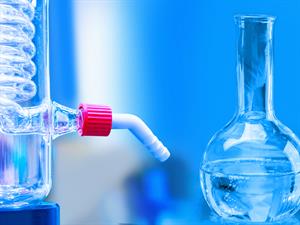
Hard glass use
The chemical composition is \(K_2O.CaO._6SiO_2\). Silica, potassium carbonate and sodium carbonate are the raw materials used in the preparation of hard glass. These are expensive compared to soft glass. They are used in the preparation of chemical as heat resisting apparatus.
Soft Glass:
The chemical composition is \(K_2O.CaO._6SiO_2\). Silica, potassium carbonate and sodium carbonate are the raw materials used in the preparation of hard glass. These are expensive compared to soft glass. They are used in the preparation of chemical as heat resisting apparatus.
Soft Glass:
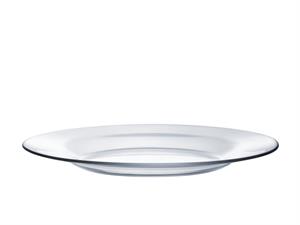
Soft Glass use
The chemical composition is \(Na_2O.CaO._6SiO_2\). Sodium carbonate, calcium carbonate and silica are the raw materials used in the preparation of soft glass. These are used as window glass, in electric bulbs, as glass plates, bottles, etc.
The process involved in the manufacturing of glasses are:
- Melting: The raw materials are melted at about \(1700\°C\), and additives are added to it for colouring purpose. Cobalt salt gives blue colour. Nickel salt gives red. Iron and chromium-based chemicals are added to the molten sand to make green-tinted glass.
- Forming and shaping: The desired size and shape are given to the molten glass by blowing, moulding, or pressing with rollers.
- Annealing: The molten glass is then cooled by passing it to different temperature zones, known as annealing. Because if it is cooled rapidly, then the inner layer of glass remains expanded and breaks.
- Finishing: The annealed glass is then cleaned, dried, polished to make it into the finished products, which are ready for consumers.
Ordinary Glass:
Sand is mixed with waste glass obtained from recycling. These are then heated in a furnace. The sodium carbonate reduces the sand’s melting point and produces a glass that would dissolve in water.
The limestone is added to stop the process of dissolving of glass. The end product is called soda-lime-silica glass, the ordinary glass that we see all around us.
Oven-proof borosilicate glass (widely sold under the trademark PYREX) is formed by adding boron oxide to the molten mixture. Adding lead oxide form a multiple layered glass bonded together with plastic. The toughened glass utilised in car windshields is formed by cooling molten glass quickly to increase its strength.
Glass Annealing Process